Khor Umaira lagoonHome to special wildlife [Archives:2003/627/Culture]
By M. A. Rehman
Tourism and environment office
Governorate of Lahej
Khor Umaira is located 60 km west Imran headlands (Ras Imran) and about 70km east of Jebla Swayda, in the entrance of the Gulf of Aden.
This lagoon is about 7 km from east to west and up to 3 km north to south, with an entrance width to the sea, at the western end of 700m. The southern area of the lagoon is of rock and coral outcrops of stable nature and unlikely to be overtopped by waves to any great extent the maximum water depth in the lagoon is of less than 3 m, according to Grinyer data, in the report prepared for the fishery development in the Gulf of Aden.
Khor Umaria enjoys high importance as a feeding ground of sea turtles, particularly the green turtle (Chelonia mydas), and therefore, it is suggested, as one of sensitive areas along Yemen coast, to a special management and environment protection.
Marine Science Resources Research Center (MSRRC) reports 15 localities to be declared by the government as protectorate areas. This proposal is given in the results of the beach pollution study along Gulf of Aden Yemen coast, executed by MSRRC with the cooperation of Sana'a and Aden Universities and this study was funded by EPC/ our consult, the Netherlands in 1996.
Hirth, Klikoff and Harper, report the importance of Khor Umaira as feeding ground of grass in a large number. Results of their investigation were demonstrated in “Sea grass of Khor Umaria, people democratic Republic of Yemen with reference to their role in the diet of the green turtle Chelonia mydas.
Center of Environment management and Planing of UK identify Khor Umaira as a sensitive area, important for green turtle feeding, where at least three species of sea grass occur. They are Cymodocea serrulata, Halodule uninervis and Halophis ovalis.
A clear zonation pattern was evident as it was mentioned during the coastal habitats survey, in 1995; in deeper water (>1m). The assemblage was dominant by Cymodocea (70 per cent cover) while in water less than 1m the community was composed of Halodule uninervis and Halophia ovalis that them is considerable export of organic materials from Khor Umaira since sea grass little and detritus were observed on the strandlines up to Jebal Swadya.
The contribution of sea grass productivity to the marine ecology down stream of Khor Umaira may be considerable, particularly to detritus food chains and sea turtle population.
——
[archive-e:627-v:13-y:2003-d:2003-03-17-p:culture]


